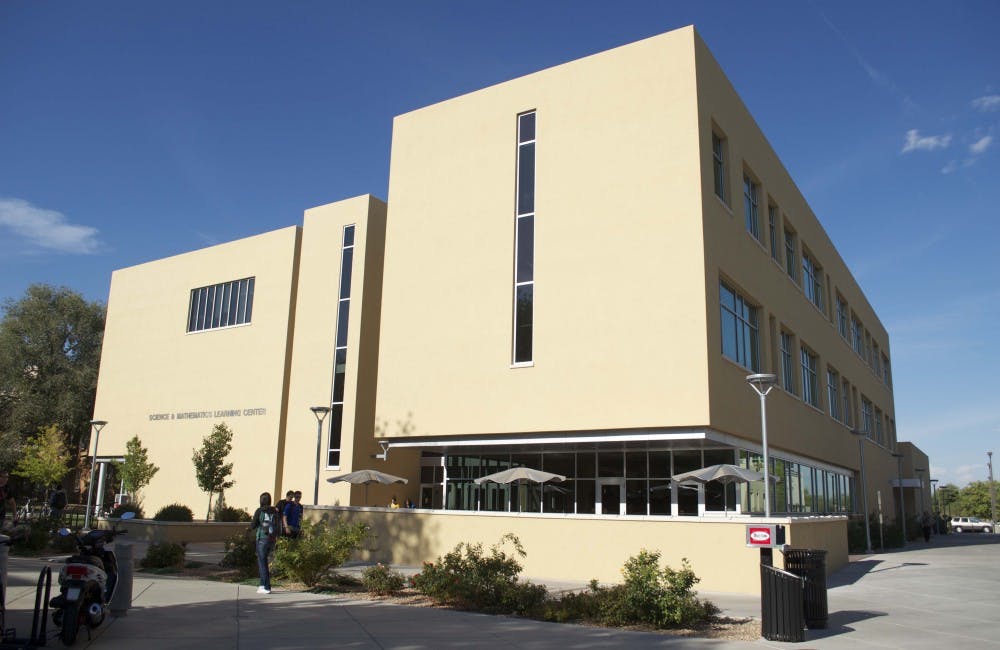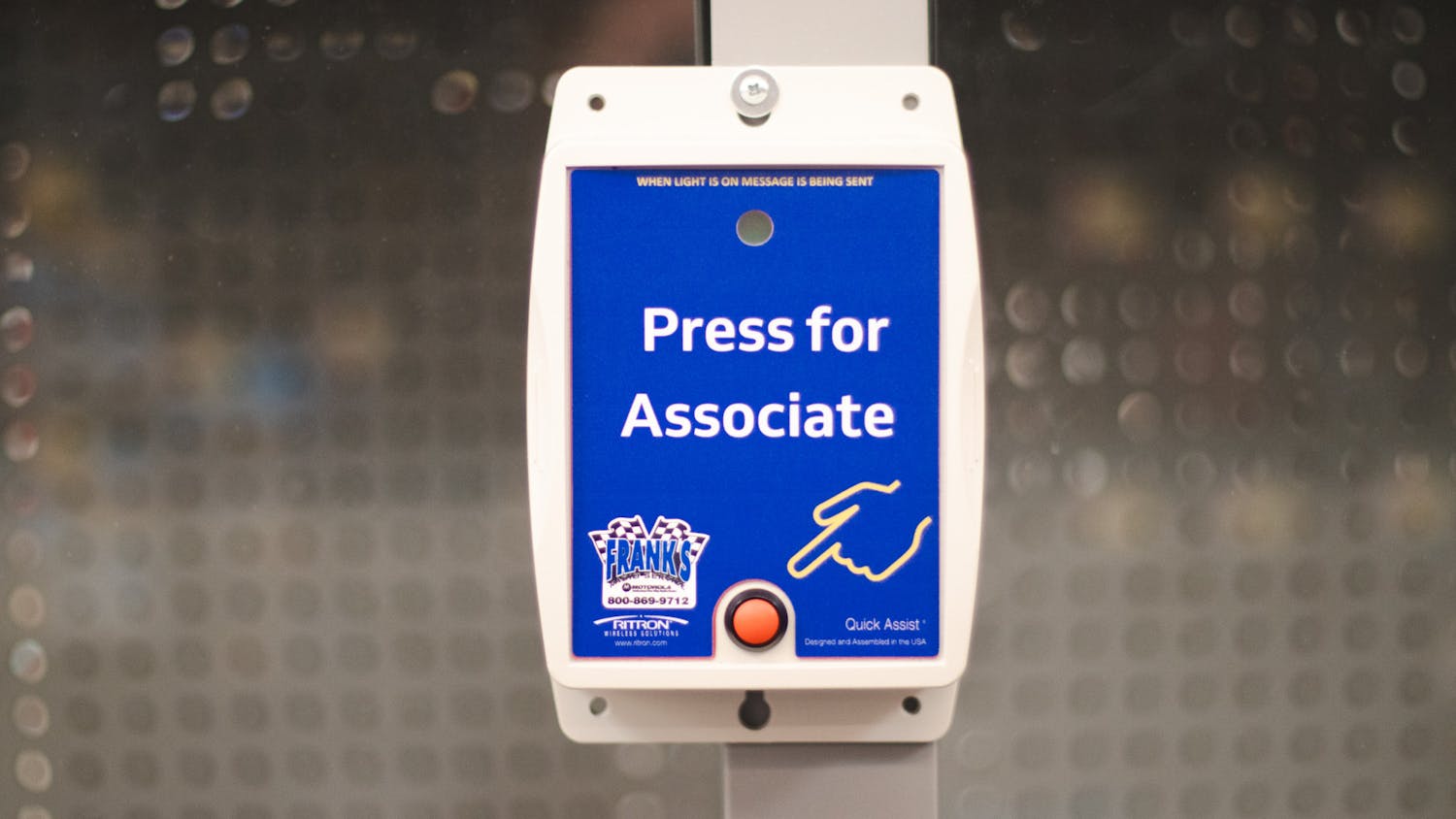news@dailylobo.com
UNM has adopted two building policies designed to make all on-campus buildings certifiably more environmentally friendly.
In June 2007, former UNM President David Schmidly signed the American College & University President’s Climate Commitment, which committed the University to carbon neutrality.
In 2009, the University adopted former Gov. Bill Richardson’s UNM Climate Action Plan, which requires buildings of more than 15,000 square feet to meet the LEED (Leadership in Energy and Environmental Design) Silver qualification, which mandates utilization of at least 50 points out of 100 possible conservation points.
Conservation points are awarded from a checklist of items — such as materials and resources, innovation and design process, energy and atmosphere, indoor environmental quality and water use — to determine the level of sustainability. Silver is the lowest on the LEED hierarchy of green energy classifications. Buildings receive gold and platinum awards if they meet 75 checklist items and 90 checklist items, respectively.
The plan aims to reduce 80 percent of the campus’ 2006 emissions level by 2030 by implementing various green practices, such as establishing a renewable energy system, installing technology to decrease and streamline electricity use on campus and building or renovating buildings to ensure they are carbon-neutral.
Hans Barsun, a facilities engineer with the UNM Physical Plant Department, said that, on average, the cost to construct a sustainable building exceeds that of a non-sustainable building by 3 to 5 percent. However, he said that in the past seven years, the University has saved over $1.5 million in energy costs with its sustainable buildings.
University Architect Bob Doran said that the benefits of sustainable buildings include reducing energy consumption and greenhouse gas emissions and conserving water resources. He said that although the LEED certification process generalizes sustainability measurements, sustainable building designs can vary from building to building depending on how designers choose make the building sustainable.
“The sustainable process is, it’s what they call a ‘cradle to cradle,’” he said. “Basically, building conceptually starts out as a sustainable building because of the attitude and the way people look at designing it.”
Doran said decisions for building designs are made by multiple groups on campus, including the Planning Department and Office of Capital Projects. He said that five UNM buildings — the College of Education, Castetter Hall, the Tamarind Institute, Mitchell Hall and the Science and Math Learning Center — were built as sustainable buildings.
Doran said other sustainability measures include adding solar panels to buildings such as the Yale Parking Structure, which only uses energy for lighting at night. He said that sustainable building designs can be implemented during renovations of older buildings, rather than requiring the construction of new buildings, because a building can be considered sustainable if the materials the building is made of are reusable ones, such as steel.
“Sustainability doesn’t happen just when you design and build the building, it’s a lifelong process,” Doran said. “The changes that make a building sustainable are often hidden, like in the walls.”
Get content from The Daily Lobo delivered to your inbox






